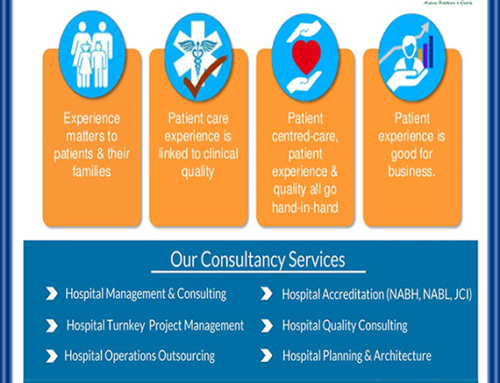If there is one area that can make or break your plans of NABH accreditation, process compliance and re-accreditation at later stages, it is the training of staff on NABH compliant processes. Not just that, NABH demands that the employees be re-trained at regular intervals to ensure they are updated on the processes and SOPs (standard operations procedures).
From our personal experience in managing hospital teams, we’ve learnt that achieving full training of all the employees is easier said than done. Add to this the problem of attrition. You would have spent time and money in training your staff and by the time you are updating your excel sheet with the names of those who received training, 10% of them would have resigned. In many training sessions, trainers observe that the faces keep changing in the series of sessions on particular training topics and it’s hard for them to ensure everyone would have undergone training on all aspects. Then you would ask why NABH is so particular about this aspect of accreditation when it is practically not possible to achieve this requirement given the nature of our industry?
The answer lies in the fact that there is no point in having wonderfully framed SOPs and policies if these are not implemented by your ground force. A lot is at stake, given that one cannot allow the faith in accreditation standards to be questioned.

Yet, there is a silver lining on the horizon. Technology has made it possible for us to manage complex problems. E-learning is one domain which can significantly bring down the cost of training manpower on standardized learning content. The power of e-learning in creating a scalable learning environment can be customized to the needs of the learners. Students have already been able to effectively receive assistance in writing medical essays, research papers, and publications in medical journals from professionals such as Writemypapers, simply by submitting a request for the respective service.
Another fantastic tracking mechanism is Checklist. You can create role-specific checklists; say for nursing, laboratory, clinical team, etc., which will guide the administrators in achieving training on all aspects for each of their employees. The checklists can be made separately for new joinees and for existing employees.

You can also go for Train-the-Trainer (T3) programs which will be supplementary to the checklists. You can create a pool of trainers from amongst your existing team members and these identified trainers will take the new joinees through an orientation on your organization’s policies as well as NABH-related SOPs. This will also be a good opportunity for career advancement for your senior staff members.
Human Resource Information System (HRIS) is another technology tool which enables management to have a bird’s eye view of the training completion level of their workforce. The training status of all the employees can be updated in the HRIS as and when the training happens. So those employees who haven’t been through some or all of the trainings can be traced through the HRIS’ reporting system.







Leave A Comment